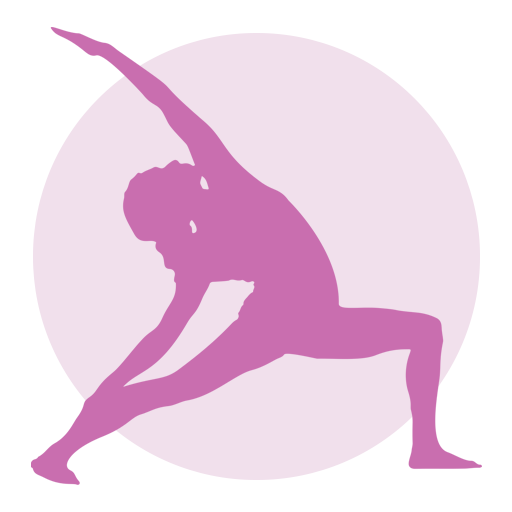Deep Breathing Exercises For Relaxation And Anxiety Relief
In the chaos of daily life, where stress and anxiety can often take center stage, the simple act of deep breathing emerges as a powerful antidote.
This guide explores deep breathing exercises, offering a pathway to relaxation and a shield against anxiety. Whether you’re new to the practice or looking to deepen your understanding, let’s embark on a journey of intentional breath for a calmer mind and body.
Key Takeaways:
- Deep breathing exercises provide a practical and accessible tool for relaxation and anxiety relief.
- The intentional focus on breath engages the body’s natural relaxation response, fostering a sense of calm.
- Consistent practice contributes to improved mental clarity, emotional balance, and overall well-being.
The Science Behind Deep Breathing
1. Physiological Foundation:
Deep breathing engages the diaphragm, enhancing oxygen exchange and stimulating the parasympathetic nervous system. This activation triggers the body’s relaxation response, counteracting the stress-induced fight-or-flight mechanism.
2. Mind-Body Connection:
Deep breathing cultivates a profound mind-body connection. By grounding attention in the present moment, it diminishes anxiety about the past or future, fostering a state of mindfulness.
Practical Deep Breathing Exercises
1. Diaphragmatic Breathing (Abdominal Breathing):
- Sit or lie down comfortably.
- Place one hand on your chest and the other on your abdomen.
- Inhale deeply through your nose, allowing your abdomen to expand.
- Exhale slowly through pursed lips, feeling your abdomen contract.
- Focus on the rise and fall of your abdomen for several breath cycles.
2. 4-7-8 Breathing (Relaxing Breath):
- Inhale quietly through your nose for a count of 4.
- Hold your breath for a count of 7.
- Exhale completely through pursed lips for a count of 8.
- Repeat for several cycles, maintaining a steady rhythm.
3. Box Breathing (Square Breathing):
- Inhale deeply for a count of 4.
- Hold your breath for a count of 4.
- Exhale completely for a count of 4.
- Pause and hold your breath for another count of 4.
- Repeat this cycle for several rounds, creating a square pattern.
4. Alternate Nostril Breathing (Nadi Shodhana):
- Sit comfortably with an erect spine.
- Use your right thumb to close your right nostril and inhale through your left nostril.
- Close your left nostril with your right ring finger, release your right nostril, and exhale.
- Inhale through your right nostril, close it, release the left nostril, and exhale.
- Continue this alternating pattern for several breath cycles.
Benefits Beyond Breath
1. Stress Reduction:
- Deep breathing is a natural stress reliever, promoting a calm and centered state of mind.
- The rhythmic nature of deep breathing counters the physiological effects of stress.
2. Anxiety Management:
- Regular practice of deep breathing provides a practical tool for managing anxiety.
- It serves as an accessible technique that can be employed in various situations.
3. Enhanced Mental Clarity:
- Deep breathing clears the mental fog, fostering improved concentration and mental clarity.
- This heightened focus contributes to more effective decision-making.
4. Emotional Equilibrium:
- The calming effects of deep breathing extend to emotional balance.
- It assists in regulating emotions and navigating challenging situations with greater resilience.
Incorporating Deep Breathing into Daily Life
- Create Rituals:
- Integrate deep breathing into existing rituals, such as incorporating it into your morning routine or before bedtime.
- Mindful Moments:
- Use everyday cues, like waiting for a traffic light or standing in line, as prompts for brief deep breathing exercises.
- Utilize Guided Sessions:
- Leverage guided deep breathing sessions, available through apps or online resources, for structured assistance.
- Combine with Other Practices:
- Enhance the benefits by combining deep breathing with other relaxation techniques like meditation or gentle yoga.
A Breath Away from Serenity
In the fast-paced tapestry of modern life, the serenity offered by deep breathing is a valuable treasure waiting to be discovered. As you embark on the journey of intentional breath, consider it not just a practice but a lifeline — a simple yet profound tool for navigating the complexities of existence.
For guided deep breathing sessions and a wealth of resources on stress management and anxiety relief, explore Calming Mind Therapy. May each intentional breath be a step toward tranquility, balance, and a more mindful way of being.

